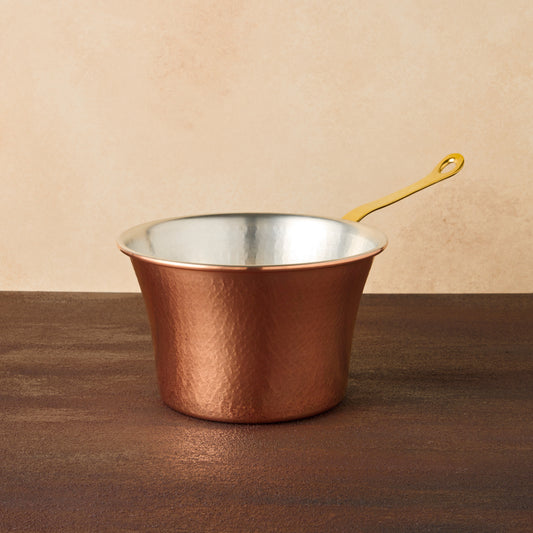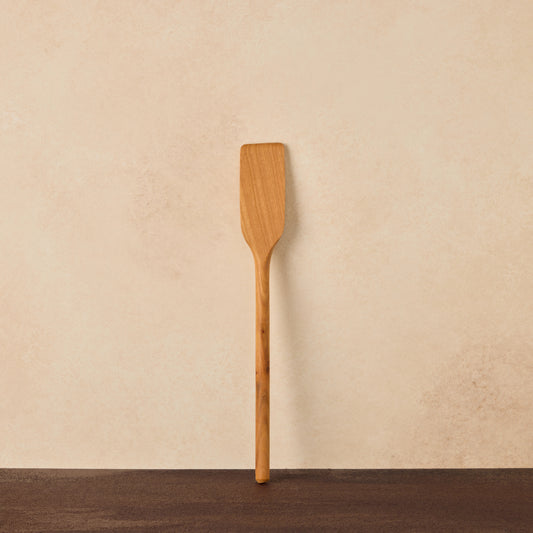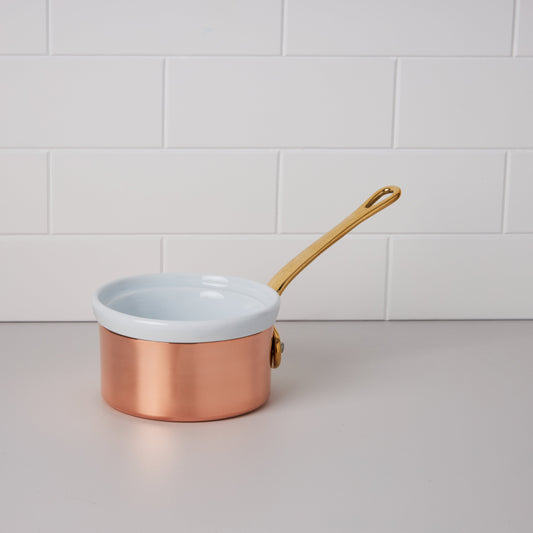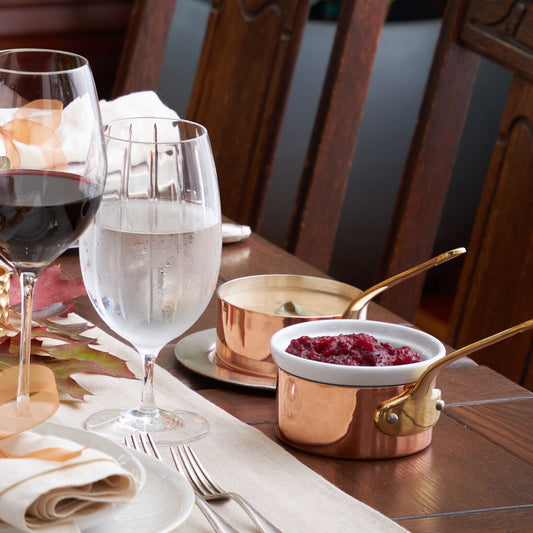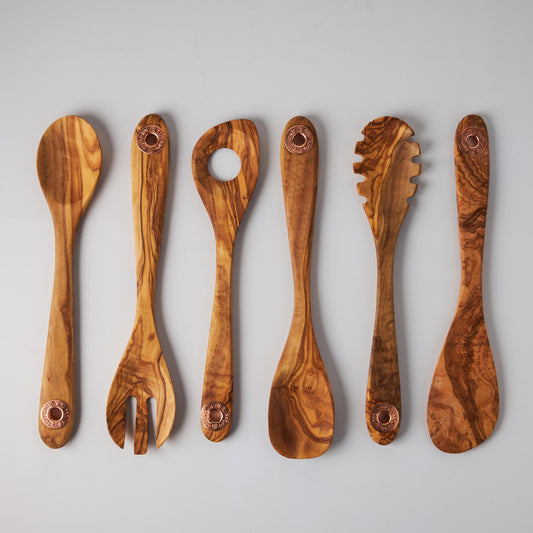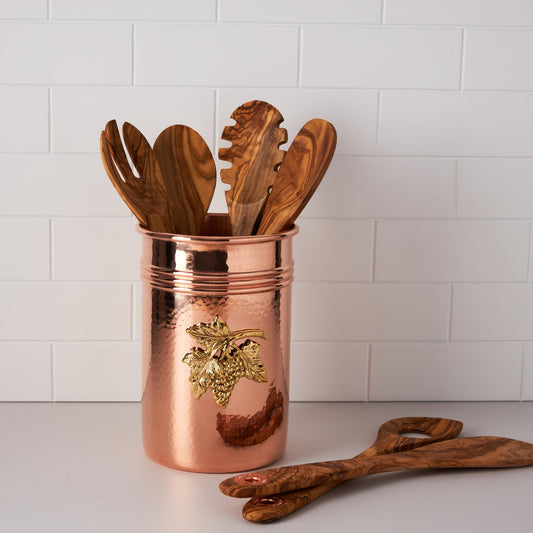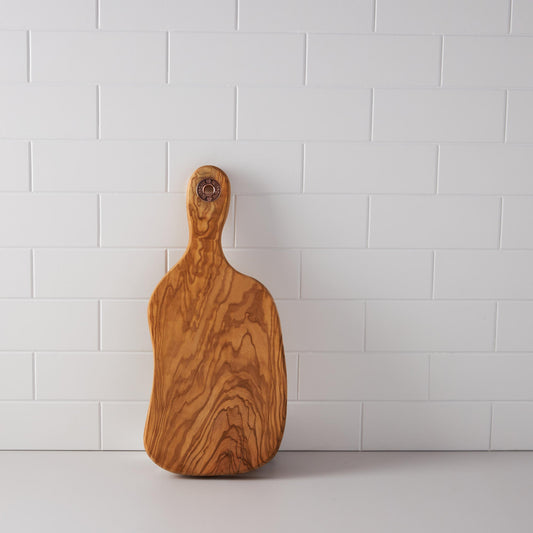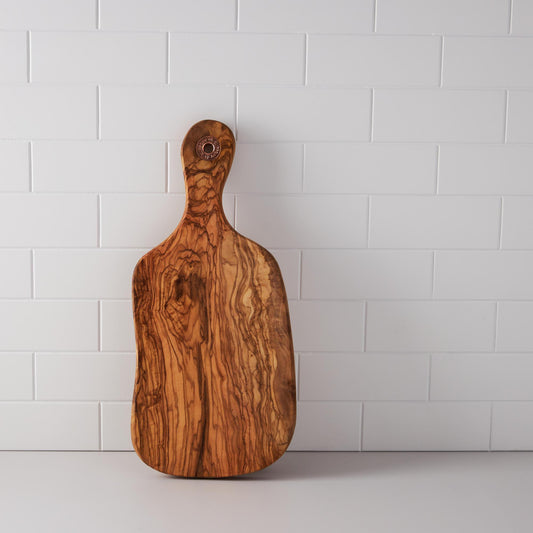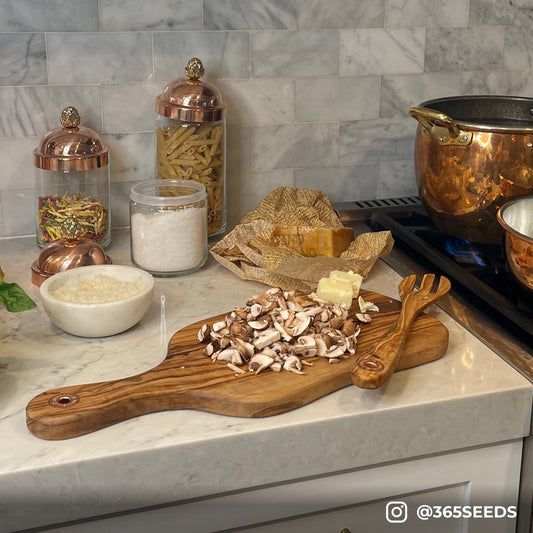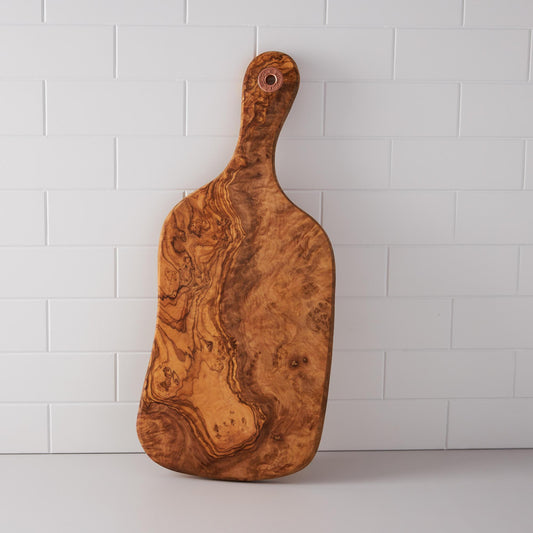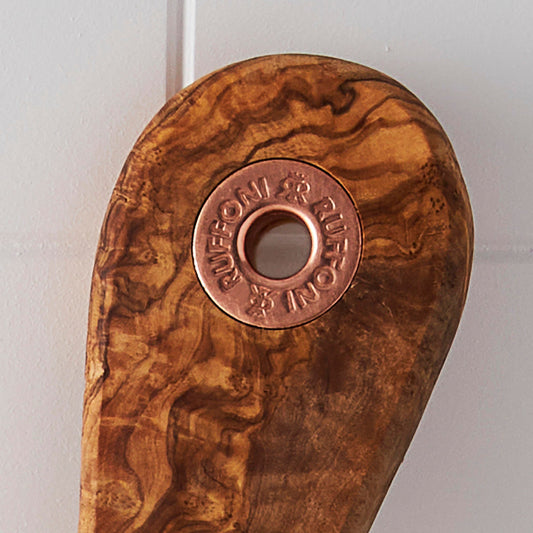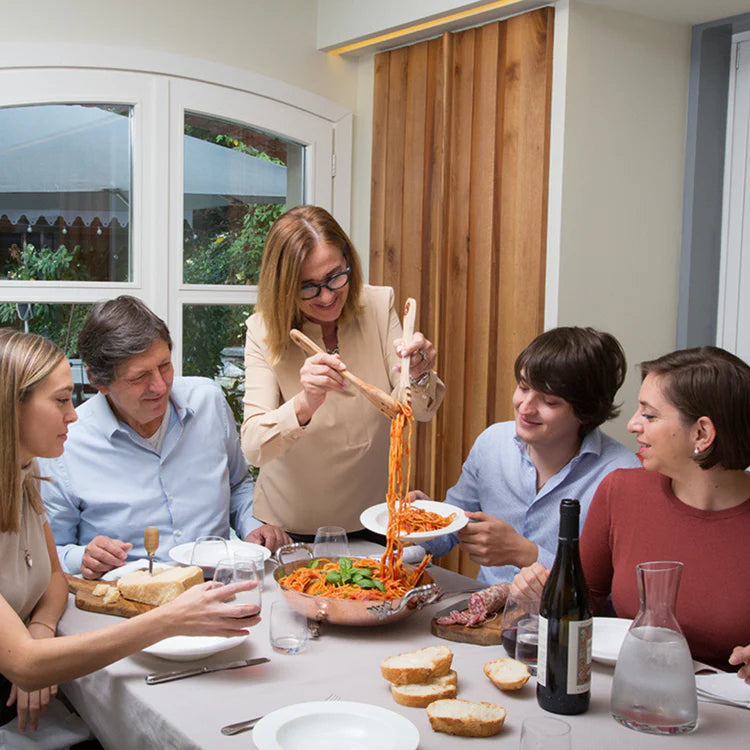
Polenta Concia: an indulgent Piedmontese winter delight
The word "concia" translates to "well-seasoned" or "dressed", and that's precisely what this dish is all about – a polenta cooked to perfection with generous amounts of butter and mountain cheese – a humble, nourishing preparation that embodies the essence of Piedmontese cooking.
Like countless traditional Italian recipes, polenta concia finds its origins in the countryside. It was crafted in the homes of farmers and shepherds who, during harsh winters when fresh produce was scarce, turned to pantry staples like cornmeal and cheese for sustenance and comfort.
A testament to the Piedmont’s resourcefulness in transforming humble ingredients into culinary masterpieces, you really need next to nothing to prepare this Italian delicacy. Pay attention to the pot you use to prepare it, though.
When it comes to making polenta, using a genuine copper paiolo (Polenta Pot) is paramount. Copper's superior heat conductivity prevents lumps and ensures uniform cooking of the polenta, while its unmatched temperature control comes in handy for avoiding hot spots and preventing scorching. The unique shape of the Polenta Pot serves a specific purpose as well: its flared sides facilitate stirring and encourage the steady absorption of water into the cornmeal, resulting in a creamy texture.

